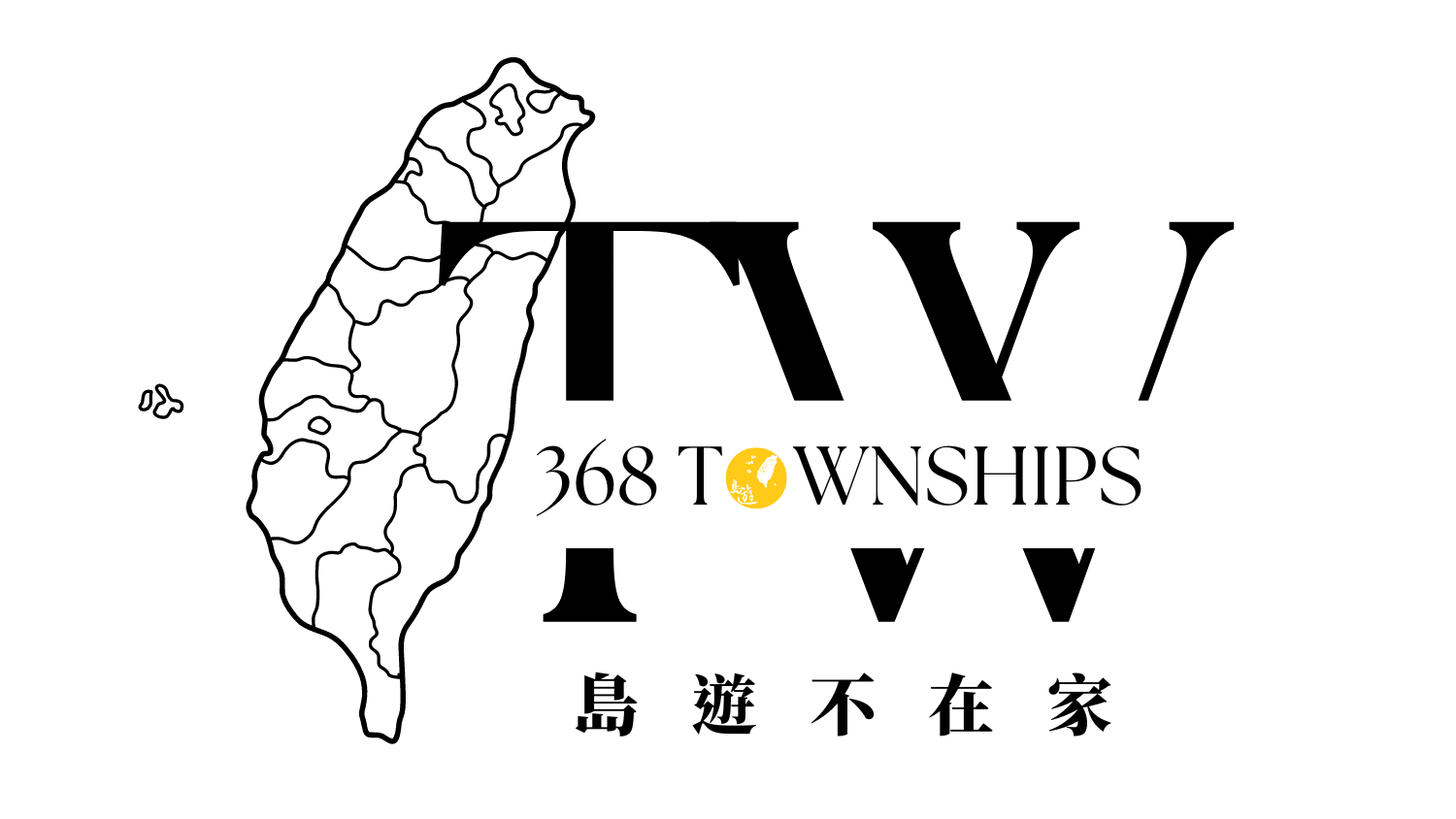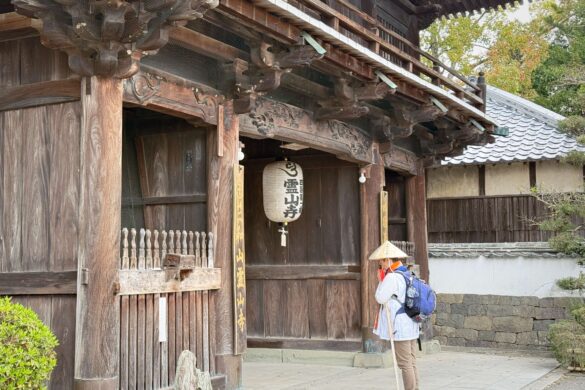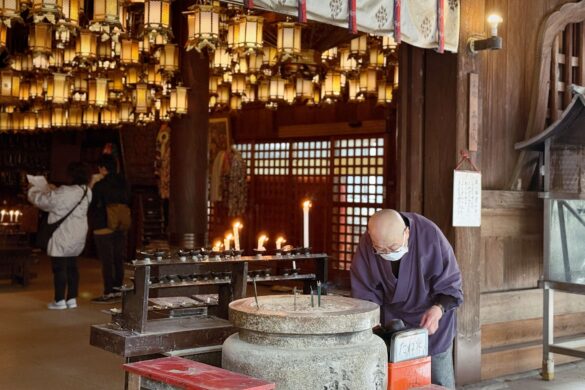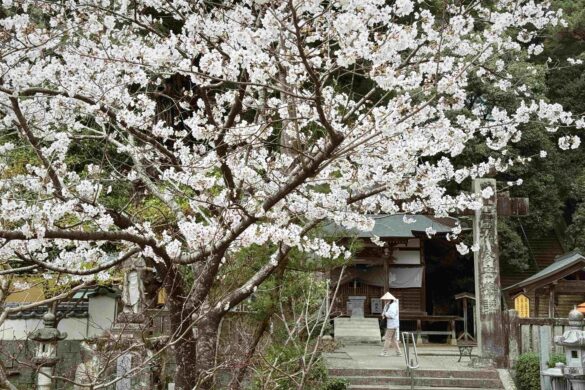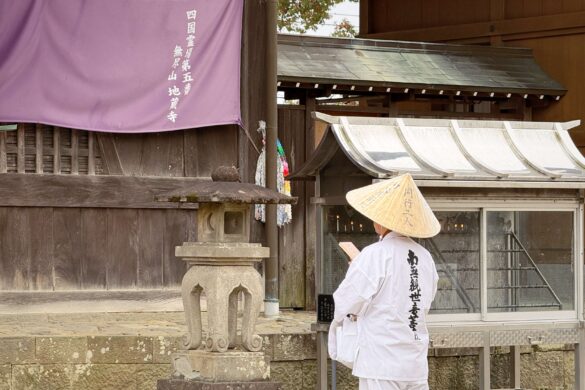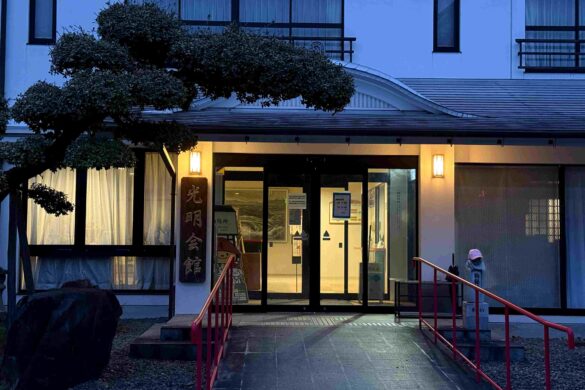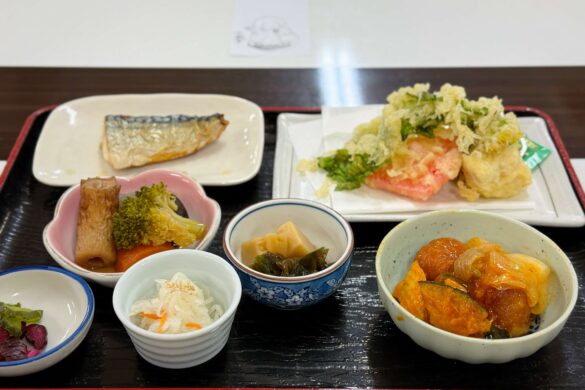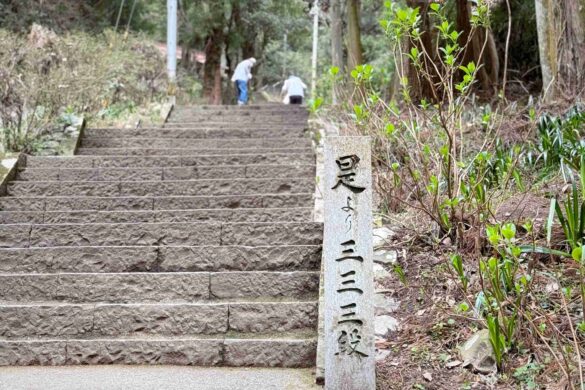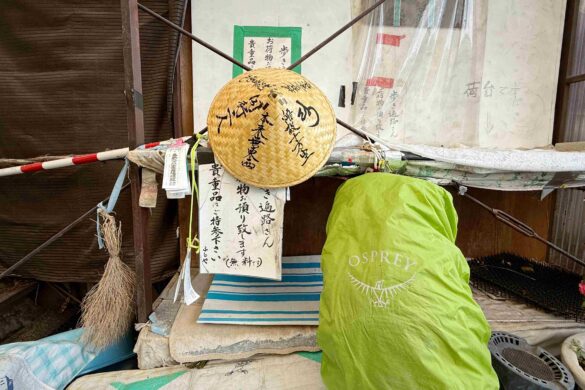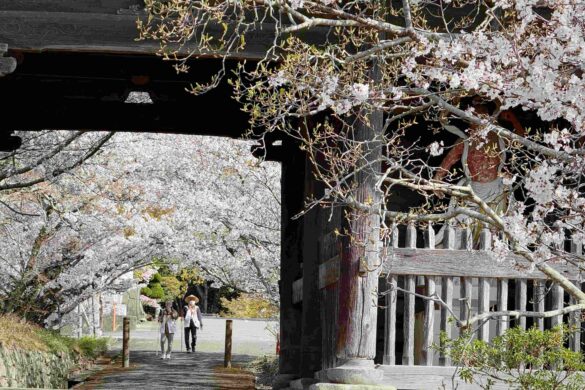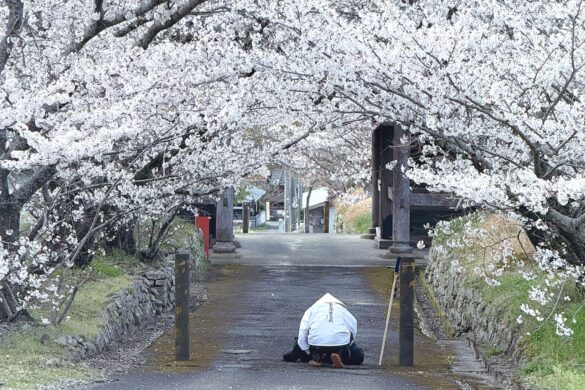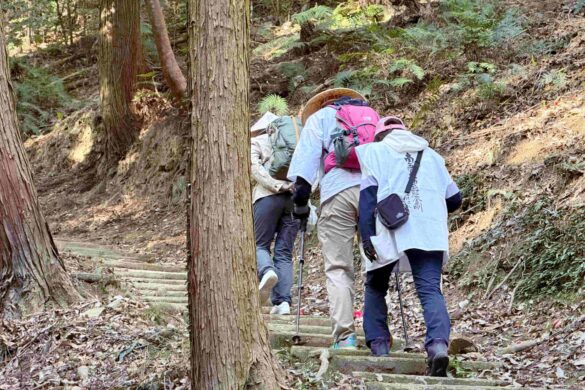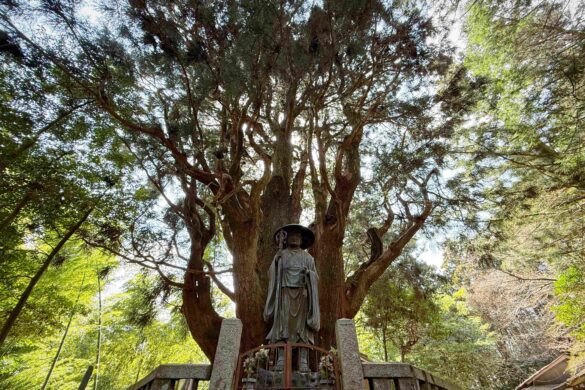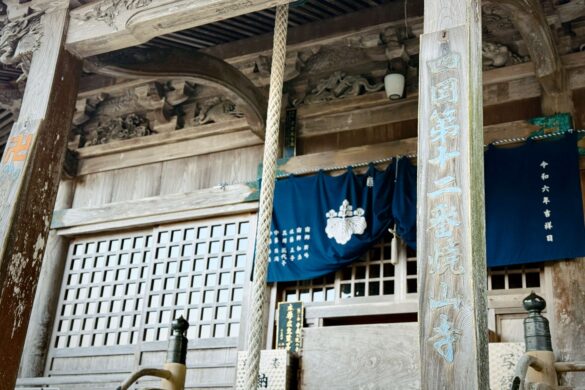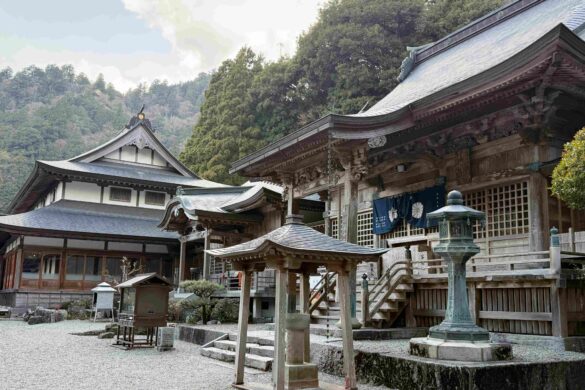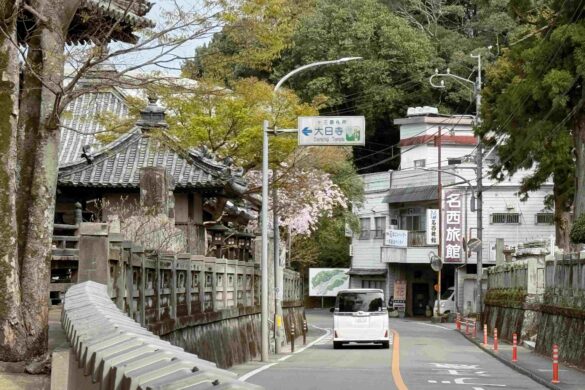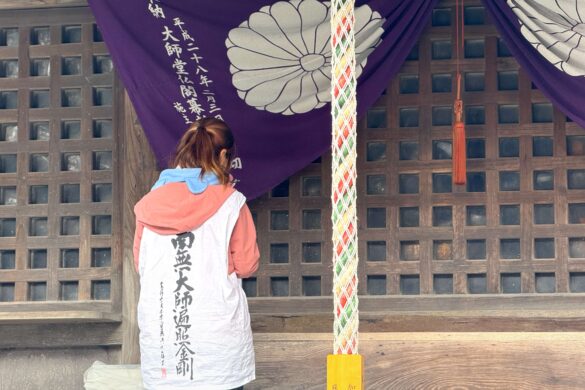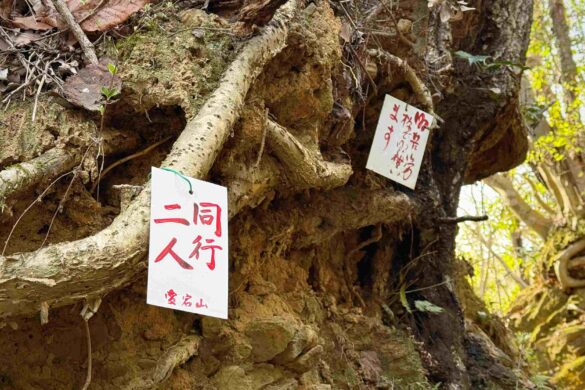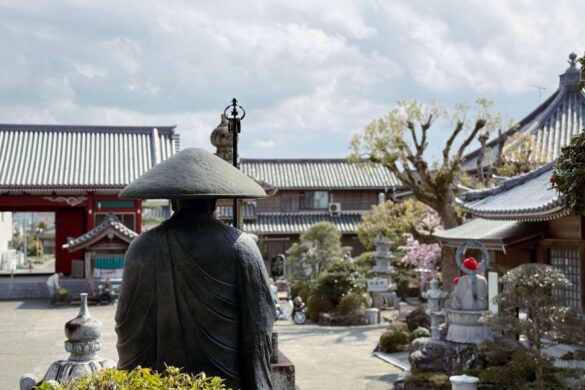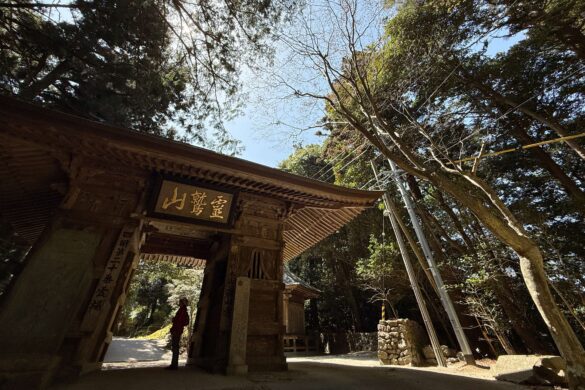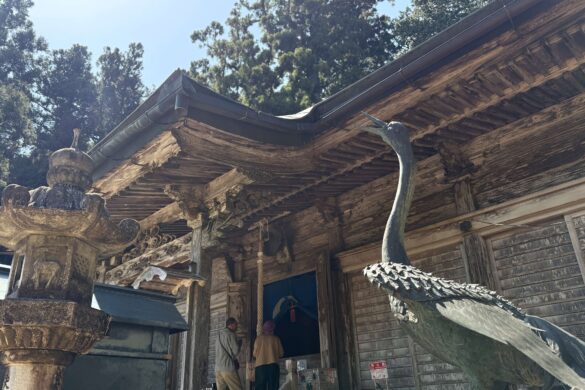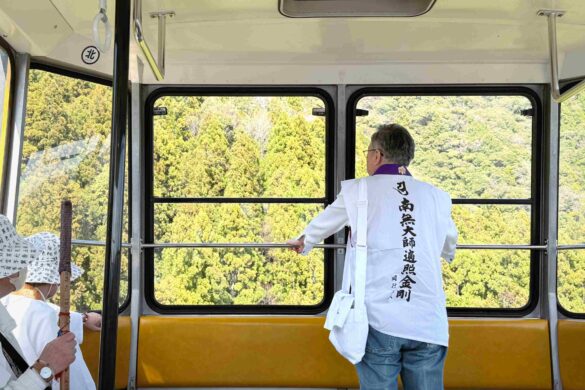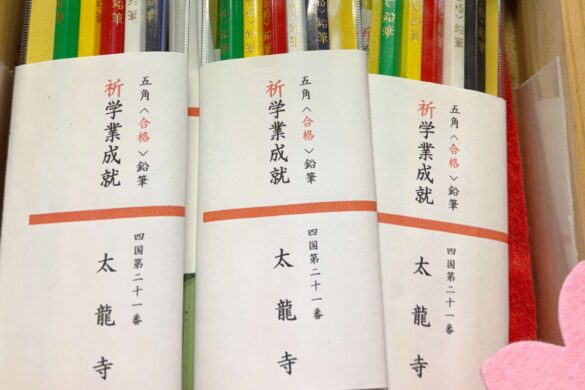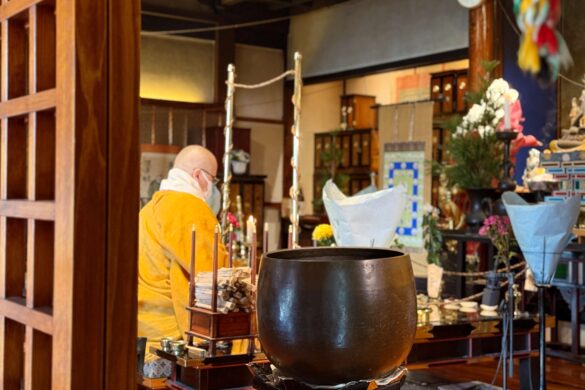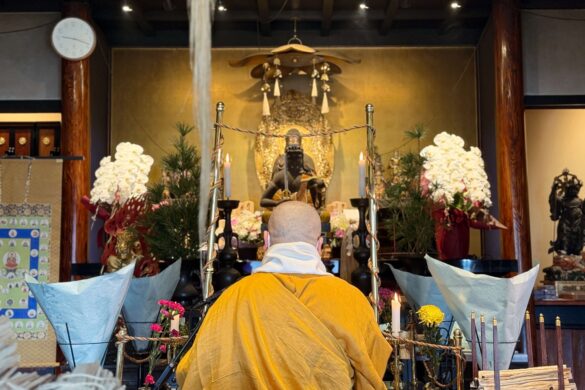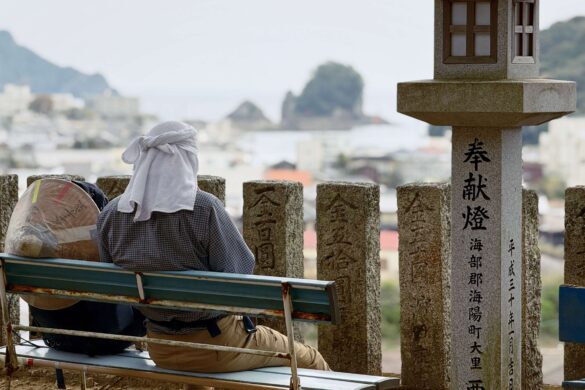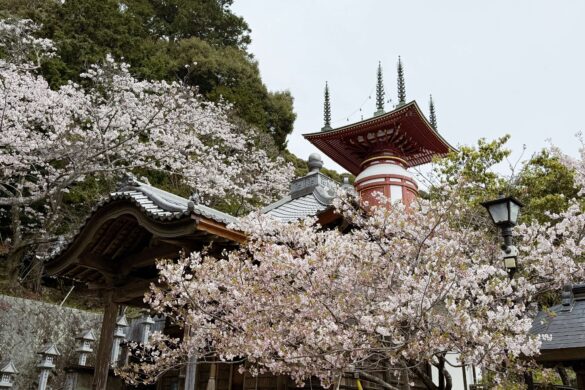The Shikoku Pilgrimage is a sacred journey stretching approximately 1200 kilometers, encompassing 88 temples deeply connected to the revered monk Kūkai (also known as Kōbō Daishi) from Japan’s Heian period. The pilgrimage route spans four prefectures—Tokushima, Kōchi, Ehime, and Kagawa. Over time, the route has come to be divided into four spiritual stages that mirror the path of personal cultivation: Awakening of Faith, Discipline, Enlightenment, and Nirvana (Nehan).
For most pilgrims, the journey begins at Temple No. 1, Ryōzen-ji, in Tokushima. Known as the Dojo of Awakening Faith, Tokushima represents both the physical starting point and the place where one's spiritual resolve takes root. This section of the pilgrimage includes 23 temples, from Ryōzen-ji to Temple No. 23, Yakuō-ji.
From here on, I’ll be sharing my pilgrimage experience in diary form. Through these daily reflections and encounters, I hope to give you a glimpse into the rich culture and warm-hearted people of Shikoku.
Contents
。Day 1: Who Knew Walking Could Be This Exhausting?
Temples Visited: Ryōzen-ji (No. 1) to Jizō-ji (No. 5)
🚶🏻♀️: 19.6 km
The first order of business was visiting Ryōzen-ji to purchase my pilgrim gear and formally announce my pilgrimage to Kūkai, praying sincerely for his protection along the way. At the temple, I met a kind nun who offered a brief explanation of the Heart Sutra to those about to set off. With a warm smile, she gently said, “Oki wo tsukete” (“Take care”). To a pilgrim about to embark on a long journey, those words were a comforting and heartfelt blessing.
Knowing full well I’m not exactly athletic, I had originally planned a gentle first day—this is the Dojo of Awakening Faith after all, the stage where one plants the seed of resolve. So, I figured visiting just three temples would be enough for today. To my surprise, I completed that route before noon. Ending the day so early felt like cheating, so I pushed on into the hills and wrapped up the day at Temple No. 5, Jizō-ji. That extra effort left me feeling fulfilled. Back at the inn, I threw my clothes into the wash and—before I knew it—nodded off. Turns out, walking really is hard work!
。Day 2: Grateful for the Ride!
Temples Visited: Anraku-ji (No. 6) to Jūraku-ji (No. 7)
🚶🏻♀️: 11.4 km
🚗: 1.3 km
The day began under a steady drizzle. While walking toward Anraku-ji, a small truck pulled over in front of me. The driver—an older man—poked his head out and asked if I’d like a ride. And just like that, I was on the receiving end of a stranger’s kindness. The warmth and generosity of the people in Shikoku continues to amaze me.
Tonight, I’m staying at the temple lodging (shukubō) of Jūraku-ji. These lodgings are somewhat similar to our temple guesthouses, though out of the 88 temples on the pilgrimage, only a dozen or so offer accommodations to the general public—the rest are reserved for families conducting memorial services. The Kōmyō Hall at Jūraku-ji feels more like a luxury hotel, complete with a hearty dinner and the rare chance to enjoy the temple grounds under moonlight. Still, if I had to choose, I’d personally recommend staying at Anraku-ji’s shukubō. It offers a unique experience with an on-site hot spring and the opportunity to participate in evening prayers. It’s something truly special.
。Day 3: Before Climbing the 333 Steps, Leave Your Luggage Behind!
Temples Visited: Kumadani-ji (No. 8) to Kirihata-ji (No. 10)
🚶🏻♀️: 17.3 km
Today’s challenge: conquering the 333 stone steps leading up to Kirihata-ji, Temple No. 10. Carrying all your belongings up that slope would be seriously tough. Thankfully, some kind souls living nearby have set up racks in front of their homes, allowing pilgrims to leave their bags temporarily. You can also ask local shops if they’re willing to hold your luggage—it’s all part of the community spirit along the route.
One of today’s most breathtaking scenes was the Niō Gate of Kumadani-ji, Temple No. 8. It’s the largest gate among all 88 temples, and today it was framed by a full bloom of cherry blossoms—absolutely magical. If you ask me when the best time to walk the pilgrimage is, I’d say right now—in early April. The weather is cool and comfortable, and the cherry blossoms in full bloom are the perfect companions on the road.
。Day 4: After Seven Hours, Finally Reached the Hardest Part of the Pilgrimage!
Temples Visited: Fujiidera (No. 11) to Shosan-ji (No. 12)
🚗: 4.3 km
🚶🏻♀️: 17.8 km
The Shikoku Pilgrimage has five major “difficult spots” — treacherous areas that are challenging to reach. Due to Tokushima’s rugged terrain, three of these are located here. Among them, Shosan-ji (Temple No. 12), which requires crossing two mountain ridges and climbing steep slopes, is widely known as the toughest challenge on the entire pilgrimage. As someone who hasn’t climbed many mountains over the past year, I managed to complete the route in seven hours. But my knees and ankles are extremely sore, and my whole body feels like it’s been run over by a truck.
There’s a saying: “Once you’ve conquered Shosan-ji, nothing in life is impossible.” I really hope that’s true…
。Day 5: Giving My Legs a Confidence Boost
Temple Visited: Dainichi-ji (No. 13)
🚶🏻♀️: 22.6 km
The day after climbing Shosan-ji, I descended 22 kilometers along paved roads. My knees felt weak, and my whole body was sore. So, I spent the day giving my legs some motivational pep talks:
“Yesterday you conquered mountain paths; walking on roads today should be no problem, right?”
“I heard the inn’s dinner is amazing—let’s get there soon!”
After a mix of encouragement and gentle persuasion, I finally made it to Temple No. 13, Dainichi-ji.
The temple’s name is linked to Dainichi Nyorai, the founder of Esoteric Buddhism, who shares a deep connection with Kūkai. While studying in China, Kūkai visited Kūkai’s master, the seventh patriarch of Shingon Buddhism. During a secret ritual, Kūkai was blindfolded, holding incense and flowers, and led before a mandala filled with hundreds of Buddha statues. Twice, his thrown flower landed on Dainichi Nyorai, prompting the master to pass the esoteric teachings to the young monk from afar. Kūkai received initiation, was given the name “Henjō Kongō” (Universal Illuminator Vajra), and became the eighth patriarch.
。Day 6: What Does “Dōgyō Ninin” Mean?
Temples Visited: Jōraku-ji (No. 14) to Ido-ji (No. 17)
🚶🏻♀️: 9.6 km
🚌: 6.6 km
Today, it’s no longer just Kūkai and me—we have a third companion: a friend who joined me on the journey! So technically, we’re now “three walking together,” but this brings up the deeply symbolic phrase “Dōgyō Ninin”—“two traveling together.” Many believe that although Kūkai passed away over 1,200 years ago, his spiritual presence (his hosshin, or Dharma body) still illuminates the universe. For pilgrims walking the Shikoku route, it’s said that Kūkai walks beside them every step of the way. You may be physically traveling alone, but with Kūkai always by your side, “Dōgyō Ninin” becomes a powerful reminder: even in hardship, you’re never truly alone—he is there to guide and protect you.
。Day 7: Two Tough Temples, Two Very Different Worlds
Temples Visited: Onzan-ji (No. 18) to Tairyū-ji (No. 21)
🚗: 46.4 km
🚠: Round-Trip to Tairyū-ji
The path to Kakurin-ji is lined with dense forest, instantly reminding me of the rugged climb to Shosan-ji. Though the two temples are geographically close and both considered “difficult spots,” the atmosphere couldn’t be more different. Kakurin-ji feels like a secluded sage—an ancient wooden temple, weathered and faded by time, that evokes a sense of reverence and awe. Tairyū-ji, on the other hand, is more of a regional king.
Accessible by cable car and connected to nearby tourist attractions, it offers lucky charms for just about anything—bad backs, sore knees, financial luck, exam success—you name it. It makes me wonder: should a place of spiritual training be removed from the world, or fully immersed in it?
Maybe there’s no single right answer.
。Day 8: Tokushima—Complete!
Temples Visited: Byōdō-ji (No. 22) to Yakuō-ji (No. 23)
🚗: 43 km
Our three-day, two-night car pilgrimage has come to an end. Honestly, not having to walk felt like being in heaven! We started the day at Byōdō-ji and, by chance, arrived just as a senior monk was chanting sutras in the main hall—a rare and powerful moment. Out of all 23 temples I’ve visited in Tokushima, this was the only time I experienced that.
Finally, we reached Yakuō-ji, the last temple in Tokushima and the final stop of the Hōshin Dōjō—the “Place of Awakening the Heart.” Even from the foot of the hill, the temple’s grand scale was overwhelming. Famous for warding off bad luck, Yakuō-ji draws a constant stream of visitors. As the deep sound of the misfortune-cleansing bell rang out, we quietly marked the end of our journey through Tokushima's sacred path.
This journey along the Shikoku Pilgrimage gave me the rare chance to spend long stretches of time alone with myself—bringing both reflection and inspiration. I sincerely hope more people can personally experience the depth and meaning of this sacred trail. If you're curious or planning to walk it yourself, I hope this article offers even a small bit of help. If you’re interested in the scenery along the route or what the temples look like, feel free to visit my YouTube channel. In the Shorts section, I’ve documented every temple—precious memories I’ll keep revisiting again and again.
